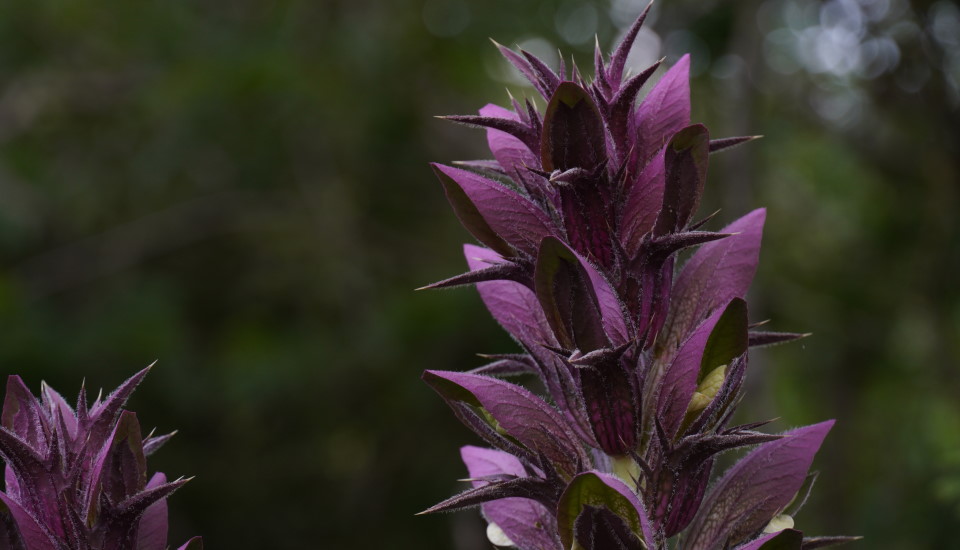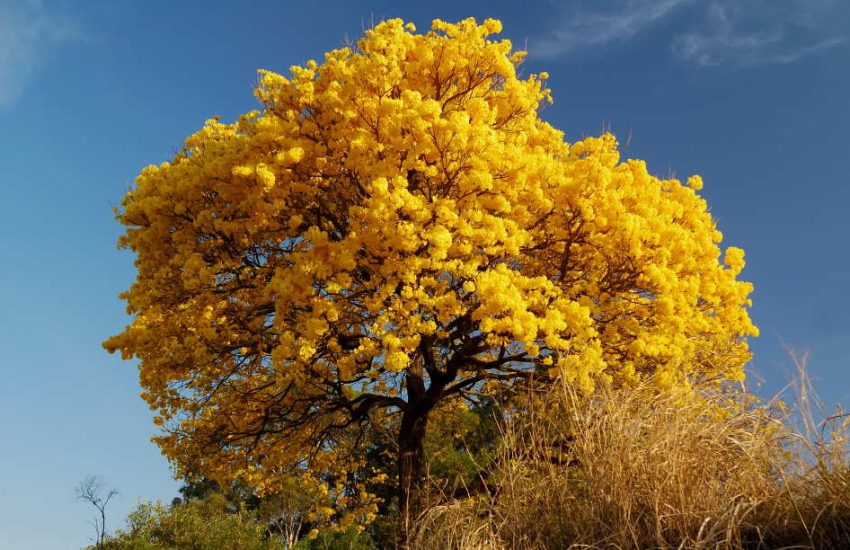Bear’s Breeches (Acanthus Mollis): How to Grow & Care
Bear’s breeches flower – Acanthus mollis is a herbaceous, perennial herb that does not have a permanent woody stem in the ground. The word “mollis” is of Latin origin and means “soft/smooth”, referring to the texture of the leaves.
The Mediterranean environment is ideal for these Acanthaceae species, with hot, dry summers and warm, wet winters. Bear’s breeches flower, one of the world’s oldest cultivated plants, may be found throughout Southern Europe, from Portugal to Africa to Croatia. These plants, despite their popularity, are considered invasive in some locations. It’s known as the oyster plant in Australia.
Bear’s Breeches Flower Care
Size and Growth
Including inflorescences, Acanthus mollis can reach a height of 121 cm. Its green leaves are soft and usually grow up to 40 cm long and 20 cm wide if you can care for them well. Bear’s breeches usually grow rapidly from seeds and root parts. Plus, these plants can live for years with proper care and the right conditions.
Care
Bear’s breeches plants are vigorous and self-sufficient in the right conditions and don’t require much attention to grow. However, pruning the plants after the flowering season to stimulate fresh leaves is suggested in warm areas. Pruning or cutting down fallen leaves is best done in the spring. Also, seed cuttings and division can all be used to reproduce the acanthus mollis plant.
Flowering and Fragrance

The bear’s breeches flower has an inflorescence that can grow above clusters of leaves. Acanthus mollis usually has cylindrical flower spikes 20 to 40 cm long and can produce up to 120 flowers. White flowers typically have green or purple patterns. Flowering time for bear’s breeches flower is in late spring or early summer (May-August). It is known that these plants are sensitive to flowering, as the buds can be easily damaged by late spring frosts.
Light and Temperature
Bear’s breeches love sunlight. In their natural habitat, these plants get lots of natural light. In order to care for these garden plants and keep them healthy and blooming well, it’s essential to ensure they get a few hours of sun. Usually, full sun or partial shade is more effective. Although these plants need sunlight while growing, they need more shade in warmer climates. It is recommended to protect these plants from the hot afternoon sun. Note that Acanthus mollis can sometimes be dormant in late summer. However, when the temperature rises a little, these plants quickly come back to life.
Irrigation
It is really easy to care for bear’s breeches plant. These plants are hardy and are highly resistant to drought. However, sticking to regular watering is recommended. You can water your acanthus mollis plant once or twice a week. 3 cm cube of water should be given per week. Also, make sure you don’t overwater or suffocate the roots. Acanthus mollis plants are not heavy feeders. You should apply liquid fertilizer during the flowering season (mid-spring or mid-summer). Use a balanced fertilizer and only apply if the plant needs some.
You may also be interested in:
Heartleaf Bergenia (Bergenia Cordifolia): How to Grow and Care


